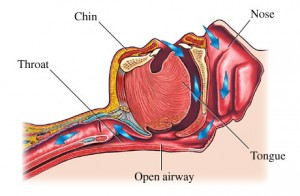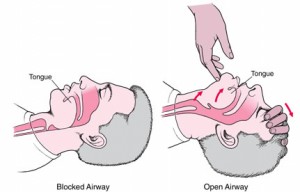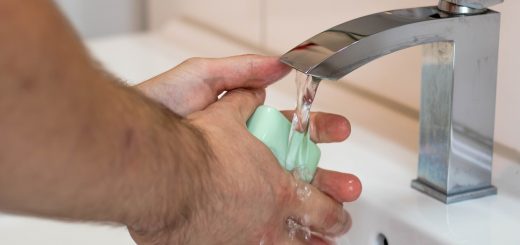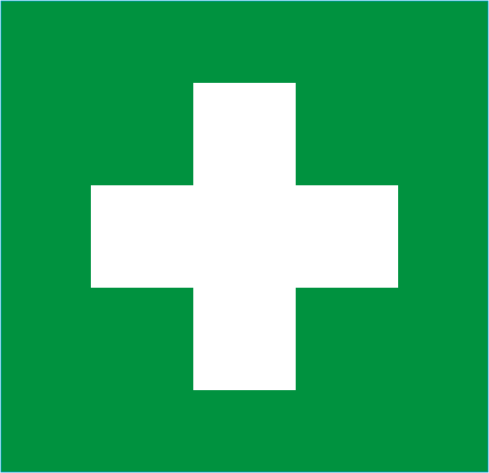A guide to airway management for first aiders and responders
Airway management must be rapid and effective for the patient to survive. A stepwise approach to airway management, starting with the simplest and most rapidly applied, will ensure that the most suitable method for securing the airway is used.
To live and function properly every cell must receive a continuous supply of oxygen, and waste products must be removed. This process can be interrupted if the air passages become obstructed.
Patients requiring resuscitation often have an obstructed airway which may be the cause or the result of unconsciousness. This obstruction can be partial or complete and can affect the upper or lower respiratory tract, or both.
Common causes of airway obstruction are:
- the relaxed tongue falling back in the throat;
- foreign material, such as blood, vomit,saliva,
- displaced dentures,
- food,
- small toys;
- excessive secretions;
- pulmonary haemorrhage;
- aspiration of regurgitated gastric contents.
The last three are obstructions of the lower respiratory tract and little can be done by a first aider to treat them.
The relaxed tongue is the most common obstruction but good manual airway techniques can manage the problem, suction and patient positioning can assist in removing foreign material and choking procedures can remove foreign objects.
Airway obstruction can be recognised by the look, listen and feel approach.
- look for chest and abdominal movements
- listen and feel for airflow at the mouth and nose.
In partial airway obstruction, air entry is reduced and usually noisy. Inspiratory stridor is caused by obstruction at the laryngeal level or above and could represent laryngeal spasm or physical obstruction. Expiratory wheeze suggests an obstruction of the lower airways which tend to collapse and obstruct during expiration. Other sounds include: gurgling − suggesting the presence of liquids or semi-solid material in the airways, such as blood or vomit; and snoring − arising from the airway being partially occluded by the tongue or palate.
Complete airway obstruction in a patient who is making respiratory effort results in observing paradoxial chest and abdominal movement. As the patient tries to inhale, the chest is drawn in and the abdomen expands, with the opposite happening during expiration.
Once any degree of obstruction is recognised, immediate measures should be taken to maintain a clear airway.
Opening an airway
A stepwise approach to management will ensure the most suitable method of airway control is achieved. Methods include a combination of manual methods and use of airway adjuncts.
Manual methods of airway control are:
- Head tilt, chin lift in non-traumatic situations;
- Jaw thrust. This is the technique of choice with patients with suspected cervical spine injuries
- Recovery position
These simple positional methods are successful in most cases where the obstruction is the result of relaxation of the tongue and soft tissues. After each manoeuvre check for success using the look, listen and feel sequence. If a clear airway cannot be achieved, other causes of airway obstruction must be eliminated.






